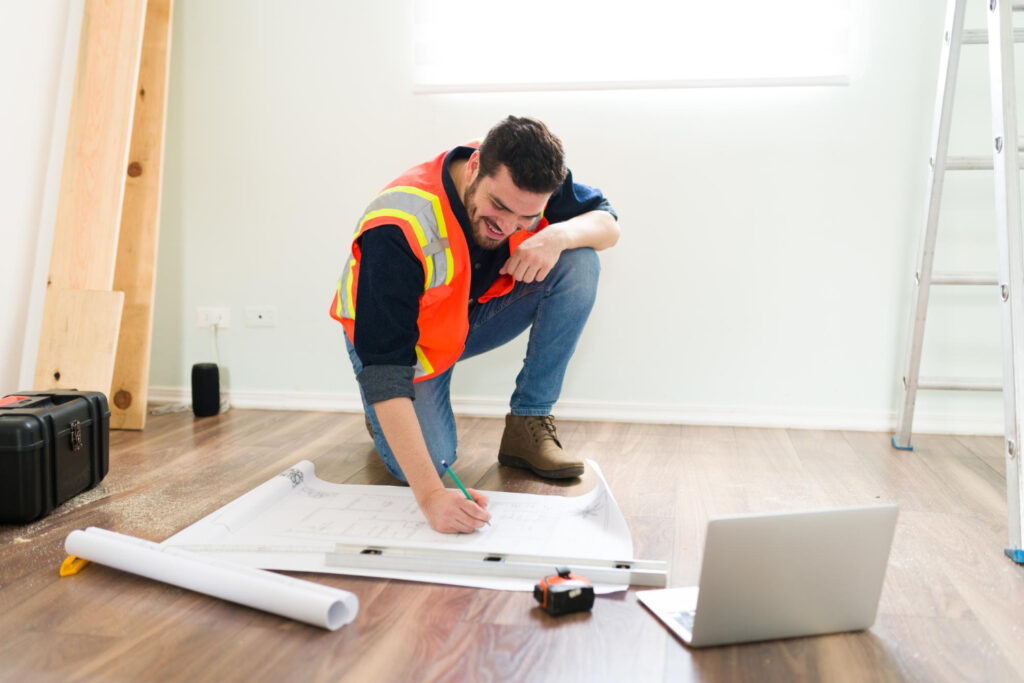Flooring Estimating
Home / Flooring Estimating
Flooring Estimating

Flooring Estimating: Precision from Start to Finish
Flooring estimating is a key step in ensuring the right materials, costs, and labor are allocated for a project. Accurate estimates help avoid shortages, overspending, and delays, while ensuring quality finishes.
Understanding Flooring Estimating
Flooring estimating involves calculating the costs and resources needed to install flooring, whether it’s tile, carpet, vinyl, laminate, or hardwood. It provides a clear financial plan for both residential and commercial projects.
Why it matters: A precise flooring estimate supports smarter budgeting, reduces waste, and ensures projects stay on time and within scope.
Key Components of Flooring Estimating
Material Costs: Pricing for tiles, wood, carpet, vinyl, adhesives, and finishes
Labor Requirements: Skilled installation hours based on flooring type
Surface Measurements: Exact square footage to avoid shortages or excess
Equipment Needs: Tools such as cutters, sanders, or adhesive applicators
Quality Standards: Factoring in durability and finish expectations
Steps in the Flooring Estimating Process
Review Project Plans – Assess drawings or site details for flooring requirements
Measure Areas – Calculate accurate square footage and waste factors
Determine Materials & Labor – Apply coverage rates and labor productivity standards
Apply Pricing – Use updated market rates for flooring and installation
Finalize & Verify – Review for accuracy before execution
Why Accurate Flooring Estimating Matters
Professional flooring estimates ensure:
Cost Control: Prevents overspending on materials and labor
Efficiency: Keeps projects on schedule with proper planning
Quality Assurance: Provides the right resources for durable, flawless finishes

